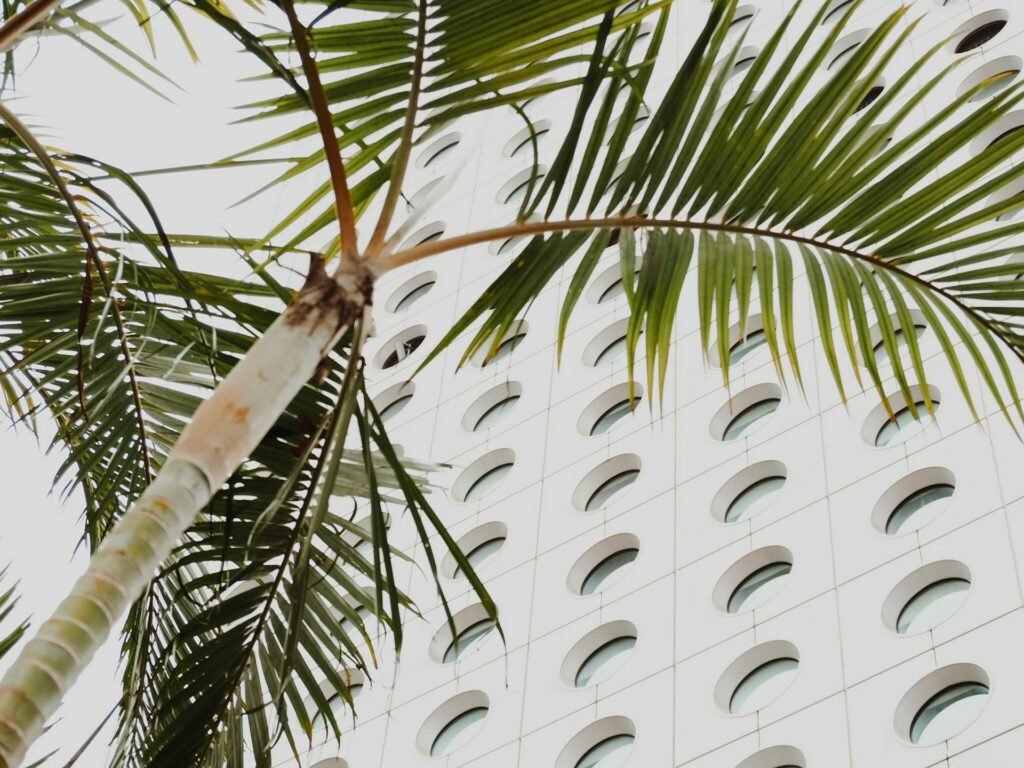Lantau Island: A Spiritual Haven in Hong Kong’s Largest Outlying Island
Tucked away from the bustling city, Lantau Island is a tranquil oasis that embodies the essence of spiritual and cultural richness. As Hong Kong’s largest outlying island, it boasts a plethora of breathtaking landscapes, pristine beaches, and an array of temples that showcase its profound historical significance. Among these sacred sites, Po Lin Monastery stands tall as one of the most iconic Buddhist landmarks in the region.
Founded in 1906, Po Lin Monastery is an architectural marvel that seamlessly blends traditional Chinese designs with modern elements. Its grandeur is amplified by the majestic presence of the Tian Tan Buddha (Big Buddha), a 34-meter-tall bronze statue that exudes serenity and wisdom. As one of the largest seated outdoor Buddha statues in the world, it serves as a poignant reminder of the region’s rich Buddhist heritage.
Beyond its stunning architecture and artistry, Po Lin Monastery offers an immersive experience for visitors. Its vegetarian restaurant, nestled within the monastery complex, is a culinary gem that allows patrons to indulge in delicious Buddhist cuisine while appreciating the tranquil surroundings. Whether one is seeking spiritual solace or simply looking to immerse themselves in local culture, this revered site is sure to leave a lasting impression.
Adjacent to Po Lin Monastery lies another testament to Lantau Island’s cultural significance – the Tian Tan Buddha itself. As a symbol of harmony and peace, it has become an iconic landmark that resonates with visitors from far and wide. The sheer scale of the statue allows for breathtaking views of the surrounding landscape, while its serene aura invites contemplation and introspection.
In close proximity to both Po Lin Monastery and the Tian Tan Buddha lies the Wisdom Path, a tranquil oasis designed to facilitate spiritual growth and reflection. Consisting of 38 wooden steles inscribed with verses from the revered Buddhist scripture, the Heart Sutra, this outdoor installation offers visitors an unparalleled opportunity to immerse themselves in the wisdom of Buddhism.
Tai O Kwan Tai Temple, another esteemed landmark on Lantau Island, is a must-visit destination for those fascinated by history and architecture. Built during the Ming Dynasty (15th century), it is dedicated to Kwan Tai, the God of War, and boasts ornate roof decorations, a copper bell, and an imposing statue of Kwan Tai.
As one navigates through Lantau Island’s temples, each site reveals its unique story and historical significance. Luk Wu Ching She, founded in 1833, is another notable example, transformed from a Taoist temple into a Buddhist monastery that now boasts an impressive collection of scriptures and waterlily-adorned brick walls.
Lastly, as one concludes their spiritual journey on Lantau Island, it is essential to remember the following tips for visiting temples: avoid crowds by arriving early in the morning or weekdays, dress modestly, and take advantage of convenient transportation options such as buses or ferries. With its breathtaking landscapes, pristine beaches, and profound cultural significance, Lantau Island stands ready to welcome visitors from all walks of life – a true haven for those seeking spiritual solace.
Embarking on this journey is just the beginning, as the rich tapestry of Lantau Island’s temples unfolds before you. Whether one seeks enlightenment or simply wishes to immerse themselves in local culture, each site promises an unforgettable experience that will forever be etched in the heart and mind.


